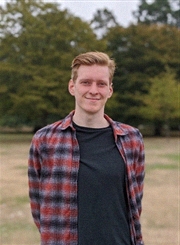Tutor HuntResources Psychology Resources
University Essay On Free Will
Date : 25/09/2020
Author Information

Uploaded by : Lewis
Uploaded on : 25/09/2020
Subject : Psychology
Many of the papers question whether we freely control our actions and our decisions. With reference to empirical findings in psychology and neuroscience, discuss to what extent we have free will .
This resource was uploaded by: Lewis
